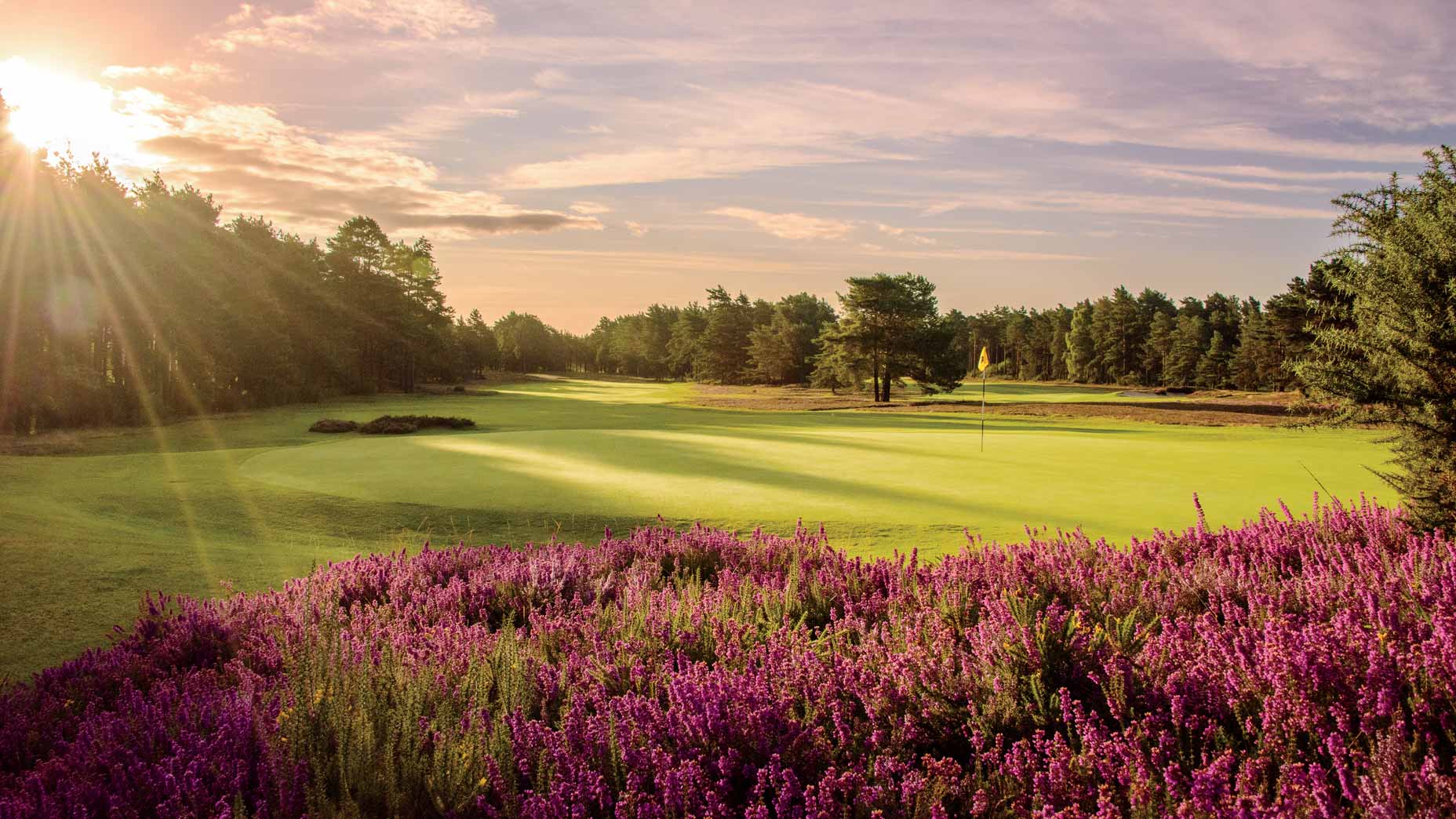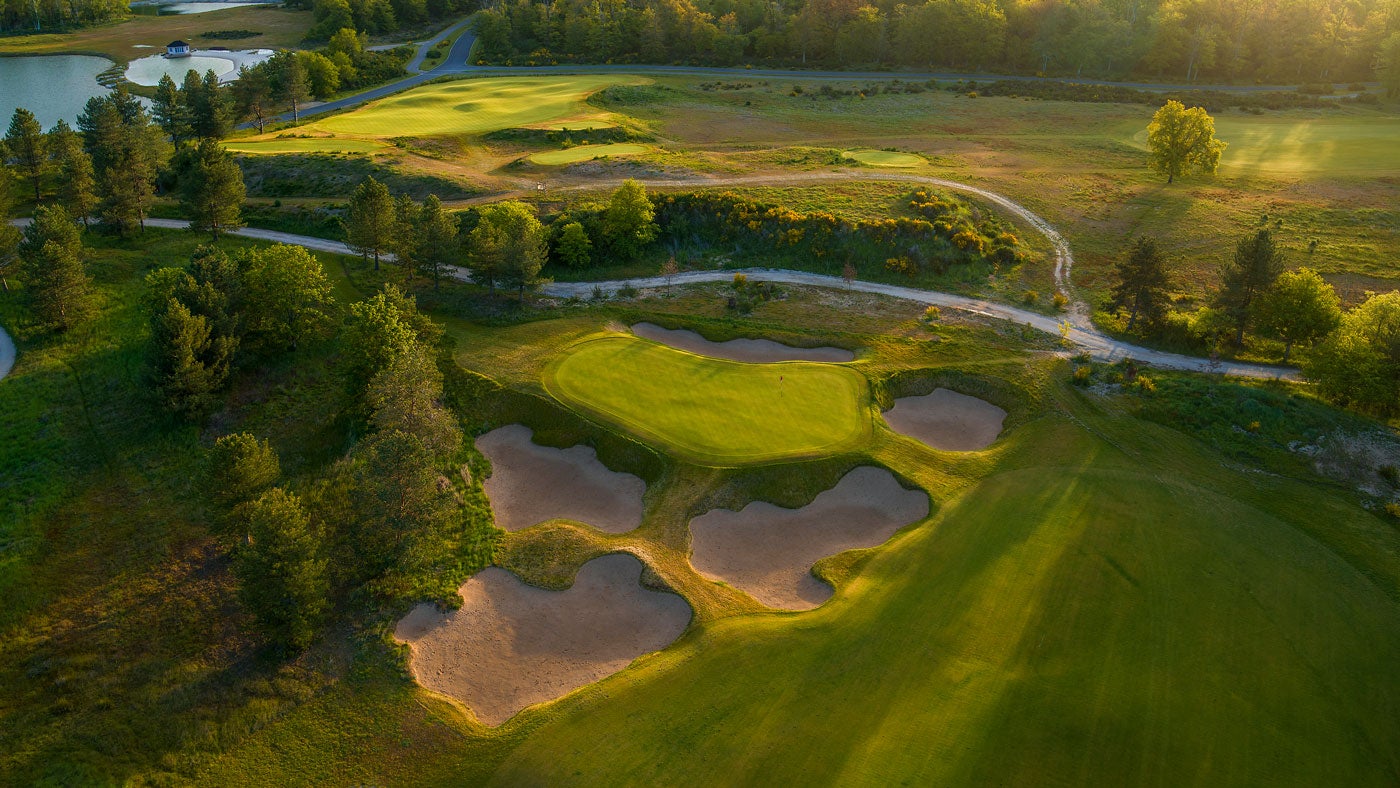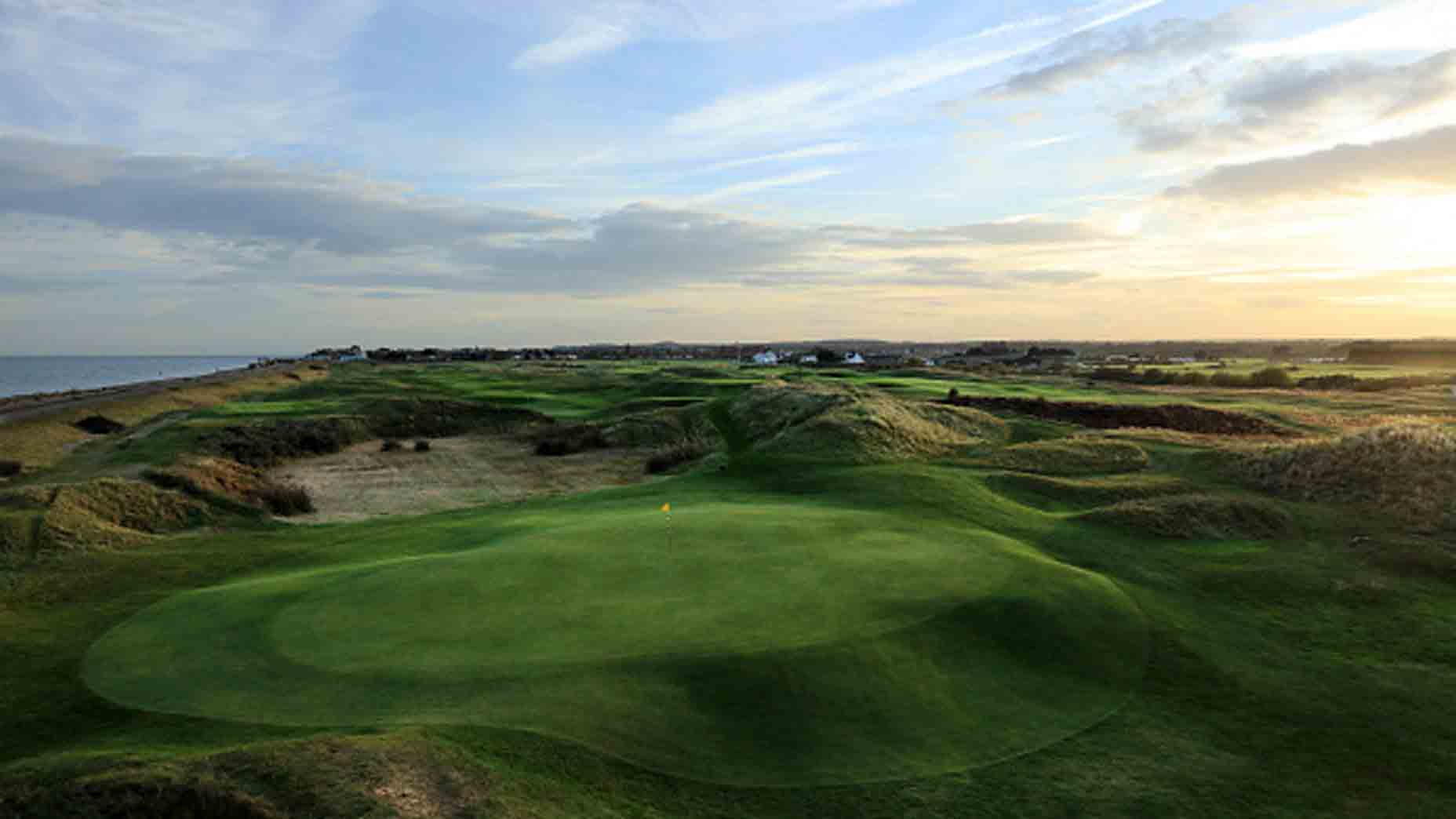What’s the biggest surprise on GOLF’s Top 100 Courses in the World list?

Sunningdale (New) in Sunningdale, England, ranked 54th on the list.
Kevin Diss
GOLF’s Top 100 course panelists are among the most respected and well-traveled course evaluators in the game. They’re also keen to share their opinions. In this GOLF.com series, we’ll unlock their unvarnished views on all questions course-related. Check out GOLF’s latest Top 100 Courses in the U.S., Top 100 Courses in the World, Top 100 Courses You Can Play, Best Municipal Courses in the U.S., 100 Best Short Courses and 100 Best Courses in U.K. and Ireland. Meet all of our Top 100 panelists here.
GOLF recently released its latest ranking of the Top 100 Courses in the World, with Pine Valley yet again coming in as No. 1. Some courses dropped off the list, while eight newcomers were added to it. What was the biggest surprise you saw in the ranking?
Bill Hogan (panelist since 1998): Happy to see St. George’s Hill in England elevate in the rankings (up 17 to No. 71). Such a unique heathland course with elevation changes — a true delight to play.
Will Davenport (panelist since 2020): I was very pleased to see St. George’s Hill move up the list (a perennial favorite of mine). I also saw the highly touted Lido pop up on the list, and I’m excited to see how we talk about the course as its fame grows. Notably, the move that Sunningdale New made on the list (up 10 to No. 54) bolsters the case for Sunningdale as the finest 36-hole club in the world.
Jeff Lewis (panelist since 2003): I admit to a bias here, but I was surprised and disappointed that Quaker Ridge fell off the list. There is a tendency in rankings to celebrate the latest opening or renovation, and some things fall off the radar when there isn’t anything “new” about them.
Josh Sens (panelist since 2015): I agree with Jeff that there can be recency bias in the rankings. But in this case, I think the more relevant trend is the spectacle and quality of some of golf’s most notable new and remote locations. On the cliffs of the Caribbean. In the wilds of Norway. Along the ocean in New Zealand. That’s some tough competition. Then there’s the fact that in pretty much any ranking, once you get past the top 20 or 30 that most knowledgeable people would agree on, you’re getting into the realm of hair-splitting and subjectivity, where you’re trying to quantify something that is unquantifiable. Try explaining to me why a course ranked, say, 82nd, should really be 64th. Or vice versa. Good luck coming up with an argument that can’t be countered with something equally reasonable.
There are only 100 spots, and more than that number of courses that you could make a case for belonging on the list. Inevitably, someone’s going to be left feeling like they got looked over. You’re going to get quibbles, disagreements, even harsh critiques, and one of the few things that can be said for sure is that anybody who claims to have the objective truth is kidding themselves.










